Table of Contents
Ever stared at a rack of workout gear, scratching your head? You see "yoga pants," "tights," maybe even "leggings," and they all look... well, stretchy. It's enough to make you want to just wear sweatpants from high school. Figuring out the realdifference between yoga pants and tightsisn't just splitting hairs; it actually matters when you're trying to find the right gear for your downward dog or your sprint interval. Are they interchangeable? Can you wear tights to yoga or yoga pants for a marathon? Spoiler alert: maybe not always. This isn't just about fabric thickness; it's about fit, function, and sometimes, even fashion. We're going to cut through the confusion, look at what makes each one unique, and even touch on their stretchy cousin, the legging. By the end of this, you'll know exactly what you're reaching for whether you're hitting the mat, the gym, or just the couch.
Sorting Out Your Stretchy Pants: What's the Deal?
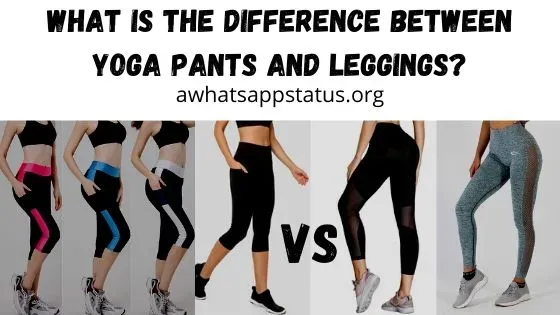
Sorting Out Your Stretchy Pants: What's the Deal?
Let's be honest, walking into an athletic wear store can feel like navigating a foreign country. Racks upon racks of black, grey, and maybe a questionable neon pair, all promising comfort and performance. But then you see the tags: "yoga pants," "tights," "leggings." They look similar, right? Like distant cousins at a family reunion you didn't want to attend. Trying to figure out which pair is actually going to work for your activity, or just feel good while you binge-watch something, is a small but persistent modern mystery. It’s more than just aesthetics; the fabric, the fit, the waistband – they all play a role in how you feel and perform, or how comfortable you are on the couch. Getting this sorted means less guessing and more confidence, whether you're hitting a warrior pose or just hitting the grocery store.
The Lowdown on Yoga Pants
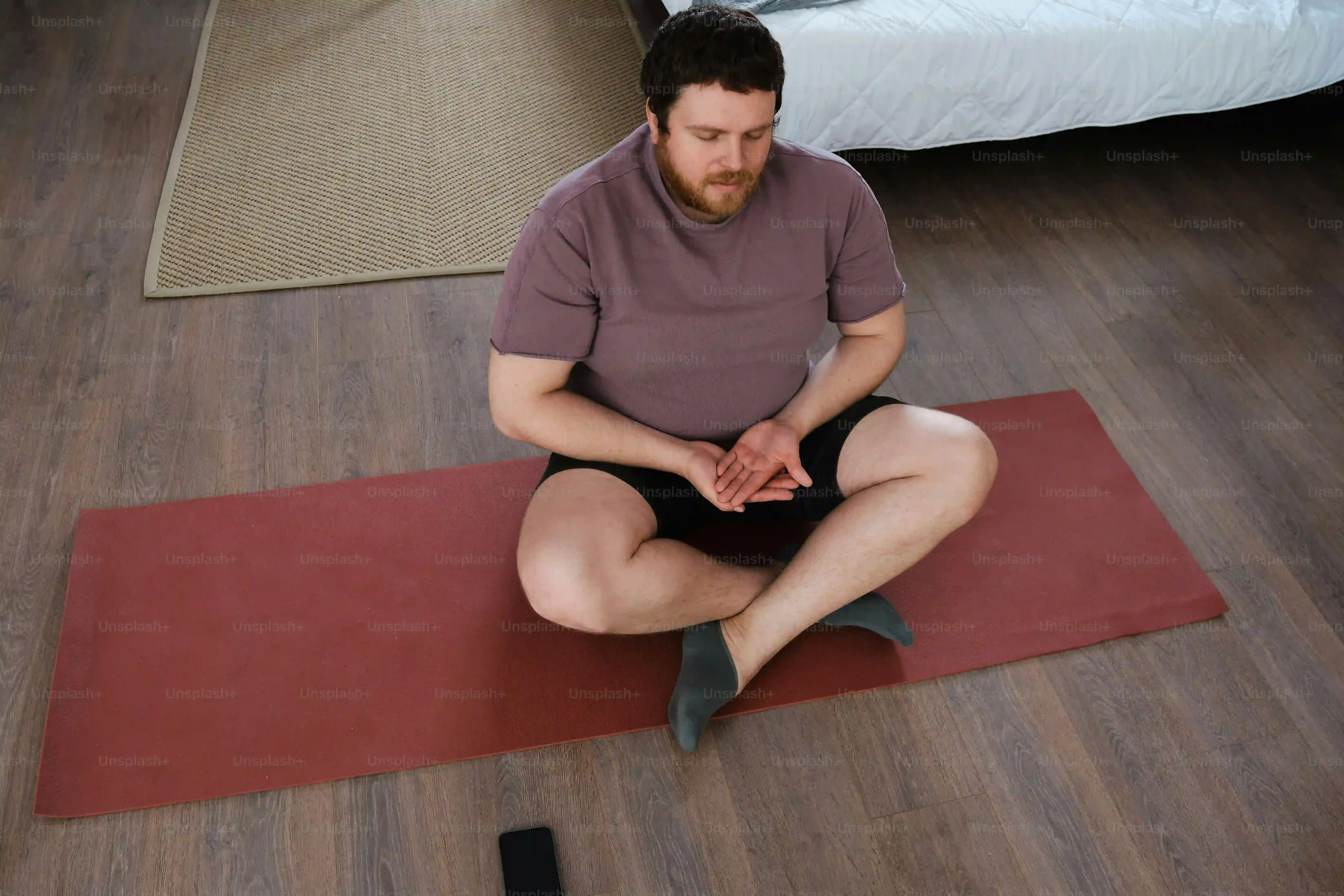
The Lowdown on Yoga Pants
More Than Just for Poses
When you hear "yoga pants," you might picture someone holding a perfect tree pose on a beach at sunrise. That's part of it, sure, but the reality is these pants have become a staple far beyond the studio. Historically, they often had a slightly wider leg at the bottom, sometimes called bootcut or flared, though the straight-leg and even some fitted styles now fall under the umbrella. The fabric is usually a comfortable, stretchy knit, often a cotton blend or a polyester/spandex mix, designed for movement but not necessarily high compression. Think comfort first, flexibility second. The waistbands are typically wide and flat, aiming to sit smoothly without digging in, which is crucial when you're folding yourself into a pretzel shape or just trying to sit on the floor comfortably.
Where Yoga Pants Shine
So, where do these comfortable stretchies fit in? Obviously, they're ideal for yoga. The stretch allows for a full range of motion without feeling restricted. They're also fantastic for lower-impact activities like Pilates, stretching, or just lounging around the house. Let's be real, for many, their primary use is maximum comfort on the sofa during a movie marathon. Because they aren't usually super compressive, they don't feel like a second skin in an intense way, which makes them great for casual wear too. Running errands? Grabbing coffee? Yoga pants have become the unofficial uniform of relaxed weekends.
- Yoga sessions (surprise!)
- Pilates and stretching
- Lounging and casual wear
- Light walks or gentle exercise
- Travel (hello, comfort on a plane!)
They offer decent coverage and aren't typically see-through when you bend, a common pitfall with thinner materials. This makes them a reliable choice for activities where you might be moving in various directions or positions. While you *could* wear them for a high-intensity workout, they might not offer the support or moisture-wicking power of something designed for sweat-drenching activity. That's where thedifference between yoga pants and tightsstarts to become clearer.
Tights: Not Just for Ballerinas Anymore
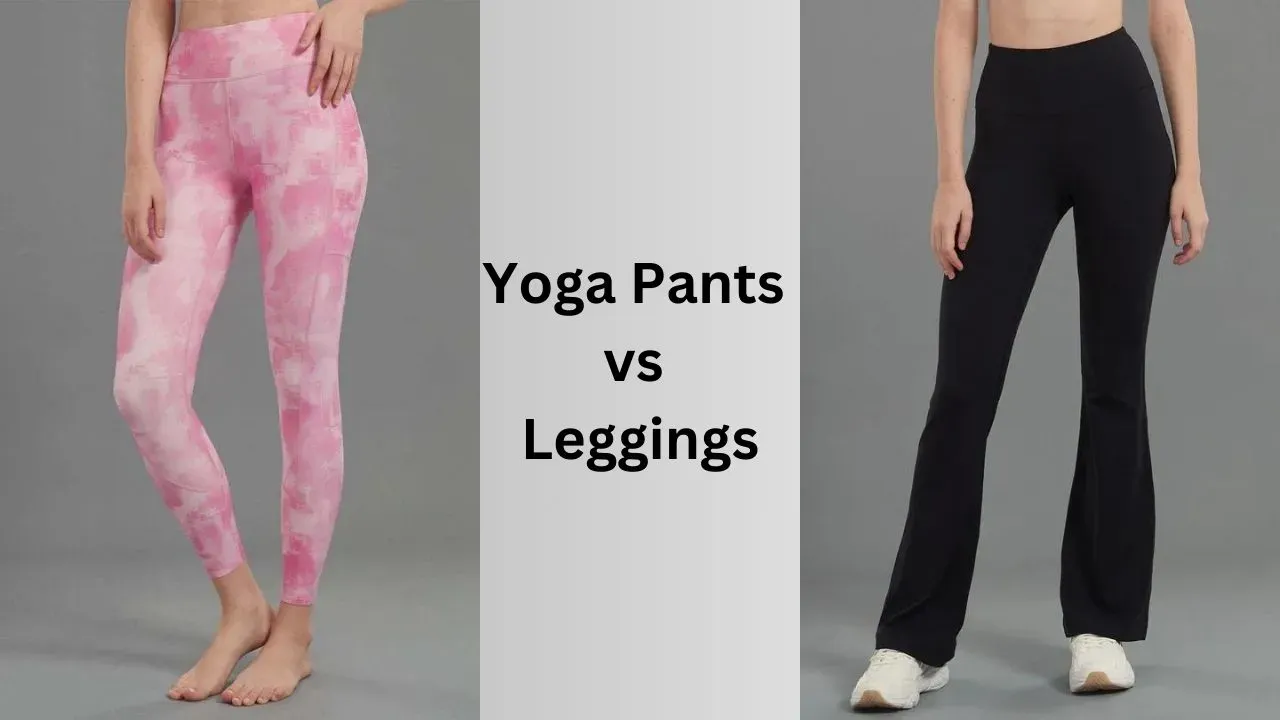
Tights: Not Just for Ballerinas Anymore
so when most people hear "tights," they still might picture sheer hosiery under a dress or maybe, yes, actual ballet dancers. But in the athletic wear world, "tights" usually means something different entirely. We're talking about a garment that's typically thinner and more compressive than yoga pants, designed to fit like a second skin from waist to ankle. The fabric is often a high-performance blend, heavy on the spandex or Lycra, built for serious sweat sessions. Think moisture-wicking properties, maybe some targeted compression zones, and a fit that stays put no matter how much you're jumping, running, or lifting. They aren't exactly lounging attire unless you enjoy feeling shrink-wrapped, but for certain activities, they are absolutely essential. Ever tried running in loose sweatpants? It's a terrible idea. Tights solve that problem.
So, what's the point of all that compression and thin fabric?
It's about performance, pure and simple.
- Reduced muscle vibration (supposedly helps with fatigue)
- Improved blood flow (again, the theory goes)
- Excellent moisture wicking
- Aerodynamic fit for activities like running or cycling
- Layering under shorts or skirts
Breaking Down the Key Difference Between Yoga Pants and Tights
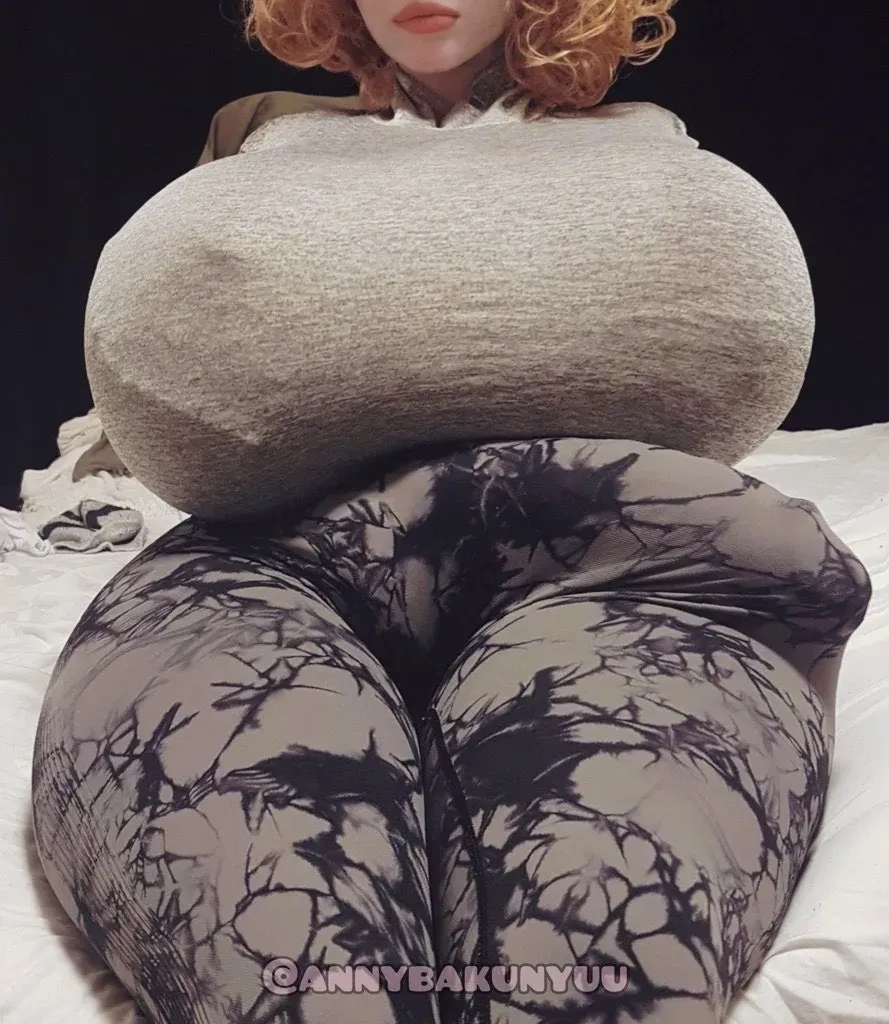
Breaking Down the Key Difference Between Yoga Pants and Tights
Alright, let's cut to the chase and really nail down thedifference between yoga pants and tights. Think of it this way: yoga pants are primarily about comfort and flexibility for movement that doesn't necessarily involve high impact or massive sweat production. They offer a relaxed feel, good coverage, and enough stretch for bending and stretching. Tights, on the other hand, are engineered for performance. They are tighter, more compressive, often thinner but surprisingly durable, and designed to manage moisture and support muscles during activities like running, cycling, or intense gym workouts. While you *can* wear yoga pants to the gym, they might get heavy with sweat and lack the support you need for jumping or lifting; similarly, wearing compression tights to lounge around feels a bit like wearing a wetsuit to watch TV – possible, but not exactly comfortable.
Feature | Yoga Pants | Tights |
|---|---|---|
Primary Focus | Comfort, Flexibility, Casual Wear | Performance, Compression, Moisture Management |
Fit | Comfortable, often looser leg (historically), less compressive | Tight, Second Skin, Compressive |
Typical Fabric | Cotton blends, Polyester/Spandex (softer feel) | High Spandex/Lycra blends (smoother, performance feel) |
Best For | Yoga, Pilates, Lounging, Errands, Light Exercise | Running, Cycling, HIIT, Weightlifting, High-Intensity Workouts |
Leggings, Too? Choosing Your Perfect Fit
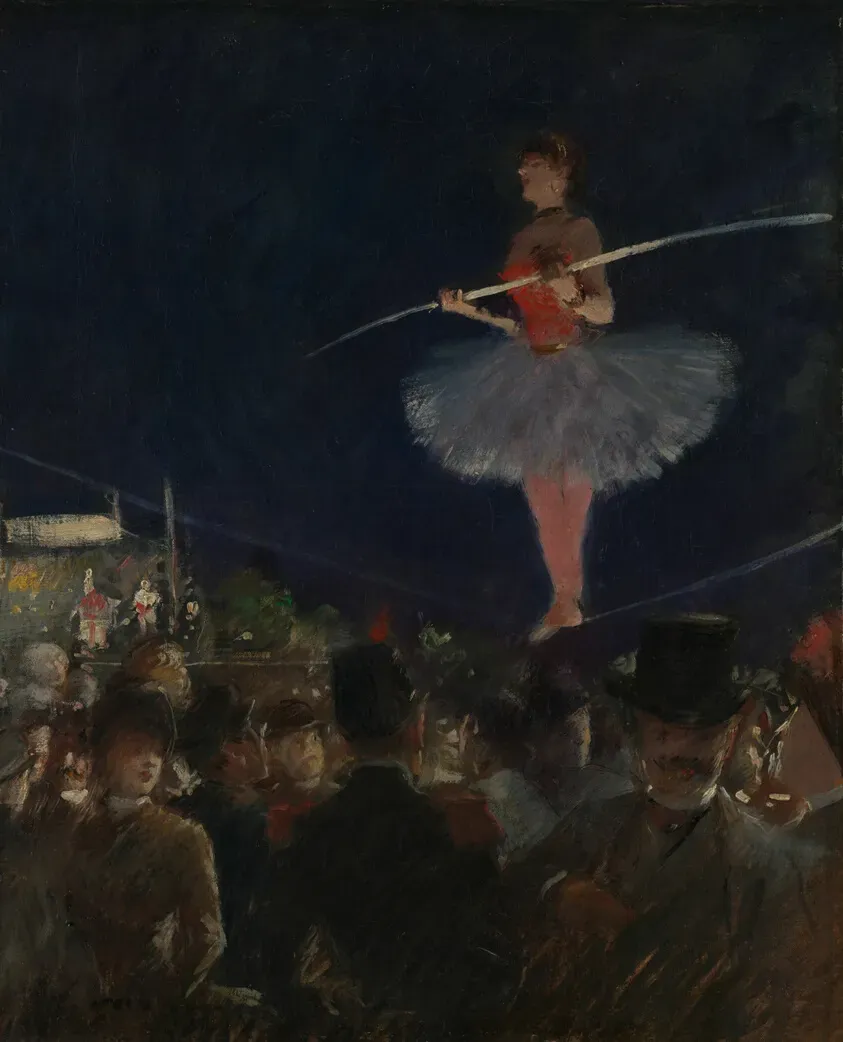
Leggings, Too? Choosing Your Perfect Fit
Leggings Enter the Chat
so we've talked about thedifference between yoga pants and tights. Now, just to make things slightly more confusing, let's throw leggings into the mix. Where do they fit? Think of leggings as the broad category under which both yoga pants (the older, sometimes flared style) and tights (the performance-focused ones) can sometimes fall. But generally, when people say "leggings" in the athletic or casual wear context, they mean a fitted, opaque, footless garment. They can range wildly in thickness, material, and intended use. Some are thin enough to be worn purely for layering under dresses or tunics, offering minimal support. Others are thicker, designed with performance fabrics, and function much like athletic tights, just without the explicit "tights" label which often implies higher compression or specific technical features.
It's a bit like the square-rectangle situation. All athletic tights are leggings, but not all leggings are athletic tights. Many modern "yoga pants" are essentially just comfortable, thicker leggings with a wide waistband. The term "leggings" is often used as a catch-all, which is why the confusion exists in the first place. You can find fleece-lined leggings for winter warmth, shiny pleather leggings for fashion, and performance leggings designed for the gym. It’s the fabric composition, thickness, and specific features (like pockets, compression, or moisture-wicking) that really tell you what they're built for.
Picking the Right Stretchy Companion
So, how do you actually choose? Forget the labels for a second and think about what you're *doing*. If you're heading to a gentle yoga class or planning a serious session on the couch, comfort is probably king. A softer, less compressive fabric like you'd find in traditional yoga pants or comfortable, thicker leggings is likely your best bet. You want something that moves with you effortlessly and doesn't feel restrictive. If your goal is a sweaty workout – pounding the pavement for a run, hitting a CrossFit class, or cycling – then performance is paramount. You'll want something more akin to athletic tights or performance-oriented leggings. Look for moisture-wicking fabrics, a secure fit that won't slide down, and maybe even some compression if that's your thing. These are designed to handle sweat, reduce chafing, and provide support.
Consider the weather too. Thin tights are great for hot studios or warm outdoor runs, while thicker leggings might be better for cooler temps. And finally, personal preference plays a huge role. Some people hate the feeling of compression, others swear by it. Some prefer a high waist, others a mid-rise. The best way to figure it out? Try them on. Move around in the changing room. Do a squat. See how they feel, how they move, and if they make you feel confident and comfortable for whatever you're planning to do (or not do).
- For maximum comfort/lounging: Thicker, soft leggings or traditional yoga pants.
- For yoga/Pilates: Yoga pants or comfortable, stretchy leggings with good opacity.
- For running/HIIT/Cycling: Athletic tights or performance leggings with moisture-wicking and a secure fit.
- For layering under clothes: Thinner, less opaque fashion leggings (not recommended for workouts!).
Picking Your Perfect Pair
So, while they might seem similar on the hanger, thedifference between yoga pants and tightsboils down to more than just a name. Yoga pants often offer a bit more structure and sometimes a wider leg, designed for movement and comfort on the mat. Tights, conversely, typically lean towards a thinner, second-skin fit, engineered for high-impact activities and layering. Leggings, the middle ground, serve as versatile staples. Knowing these distinctions helps you grab the gear that actually works for what you're doing, rather than just hoping for the best. Choose based on your activity, desired support, and comfort level – because the right fit can make a difference in how you feel and perform.
